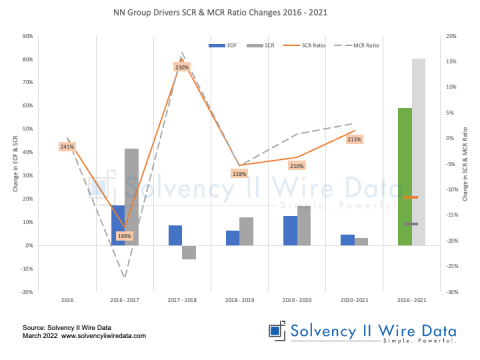The German life insurance industry is heavily exposed to a prolonged low interest-rate scenario, a report from Moody’s warns today.
“With interest rates having fallen to the lowest levels in a generation, we estimate that the industry would ultimately face losses in a scenario where interest rates remained at their current level,” the report, German Life Insurance Industry Faces Losses If Interest Rates Stay Low (subscription), states. The industry’s vulnerability is a result of historic high guarantee levels and a high duration mismatch between assets and liabilities. According to Moody’s, German insurers have some of the highest guarantee rates in Europe (about 3.3% for in-force business) and, based on results of the EIOPA LTGA report, the largest duration mismatch. The exposure to low interest rates is currently not captured in the ‘Solvency I’ regulatory ratios, but will be under Solvency II. “We believe that if Solvency II was implemented today without any measures discussed in the LTG package, many German players would struggle to cover regulatory capital requirements,” Benjamin Serra, VP-Senior Analyst, Moody’s, said. “However, it appears increasingly likely that some of the measures tested in the LTGA will apply, including a long transition period which will give time for German insurers to adapt to the new solvency regime.” One expert familiar with the German insurance market said the report’s findings come as no surprise as the state of the life insurance industry has been subject to public debate in recent months, including discussion in the Parliament.





